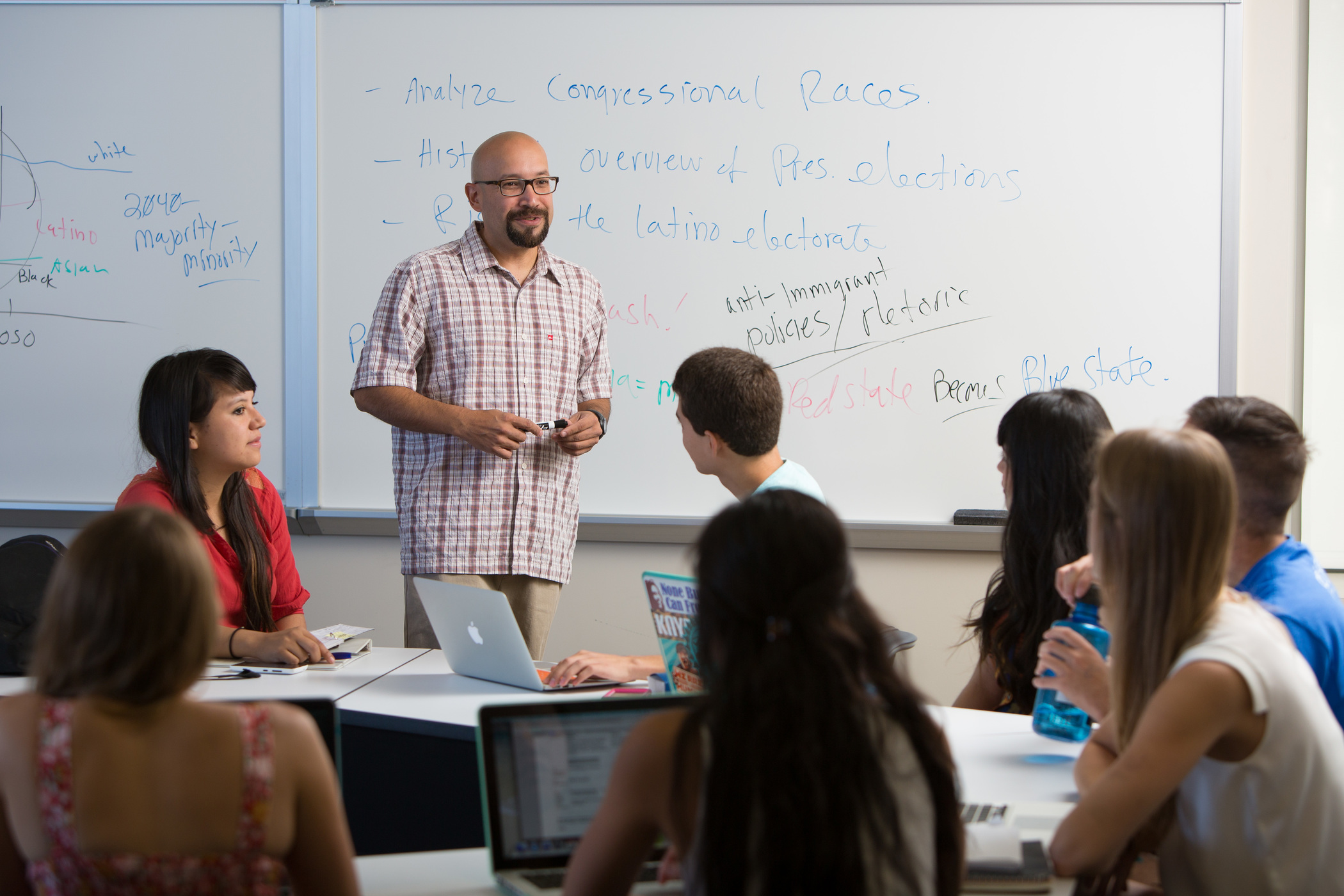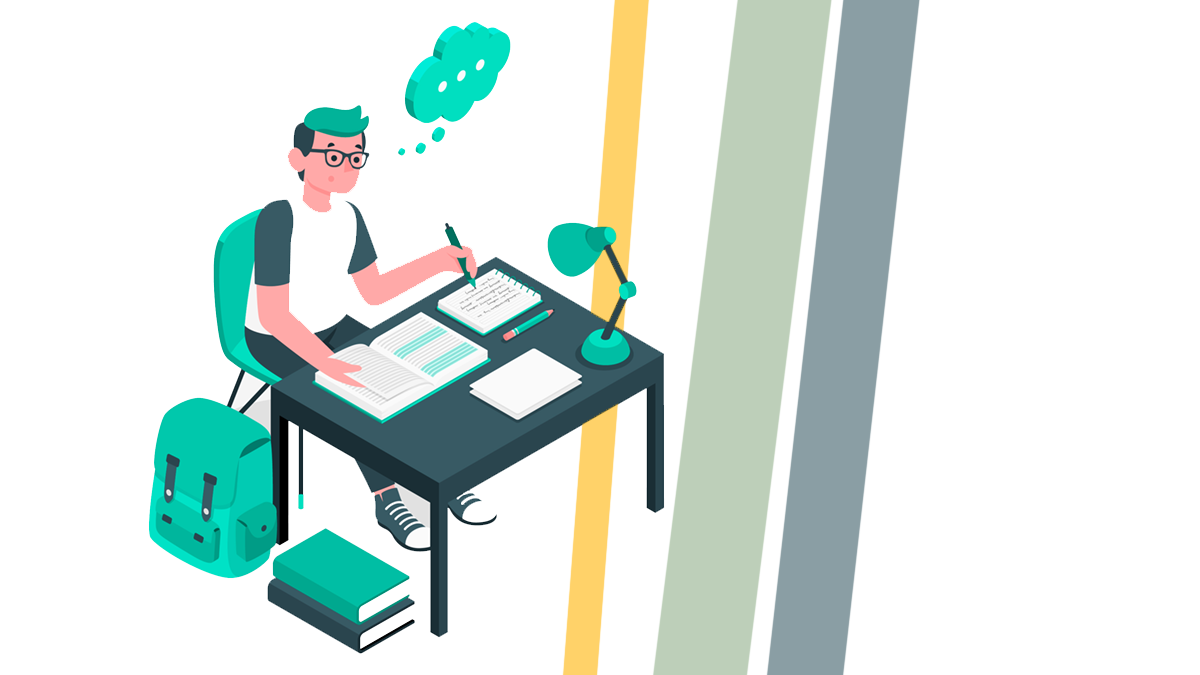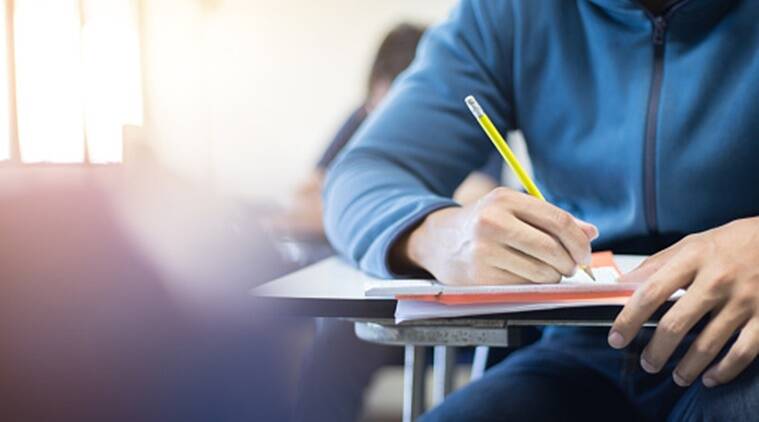Many things in the students’ lives (such as traumas or adverse experiences of childhood) can affect the way they learn and therefore, the way they self-regulate. By not being able to do so and not having the tools they need to pay attention, balance their emotions, adapt to change and face frustrations, the challenge of teaching is much greater. Nina Parrish, a middle school teacher, found that in order to facilitate her students’ learning, she had to focus her work on developing this self-regulation skill. How has she done it? The teacher shares some strategies in Edutopia :
The first thing teachers should do is design a room that will provide the structure and tools necessary for children. What does this mean?
1.Create a positive environment:
The classroom should feel like a safe space where the emphasis is placed on strengths. When problematic behavior occurs, it is essential not to make it personal and immediately correct the student. The teacher must act as an observer in order to discover why this behavior is occurring.
2.Clarify expectations:
Schedules, procedures and established routine help students understand what to expect and create an environment that feels structured and safe.
3.Focus on skills:
It is important to focus on the curriculum, but this teacher also says that students need skills such as the ability to organize their materials, manage their time, focus on tasks, read with understanding and retain and practice what they learned. to use it later. This means that focusing on these skills or strategies will help them become more independent and self-regulated learners.
Another way to point to self-regulation, says the teacher, is to teach through scaffolding.
When students refuse to complete a job, sometimes it is because it is too difficult for them and they are frustrated. “I found out that students often use this behavior because it has worked for them in the past, allowing them to get away from the undesirable task and avoid the embarrassment of looking ‘dumb’,” says Nina. Then, instead of recognizing that they are frustrated, students often express frustration through the teacher who is required to complete the task.
To avoid this, scaffolding is ideal because it consists of dividing learning into fragments and then providing a strategy or structure to facilitate students to achieve each part of learning. To get to this, it is important to know what a child is capable of doing on their own. This is the starting point and technically it is called “zone of proximal development” which is defined as the difference between what a student can do independently and what he can do with an informed assistance. Starting in this way allows the student to move more easily to the next logical step of development.
Discussion and reflection are also important …
Children need objective comments, without prejudice to improve their behavior. When a problem arises, Nina suggests, find a moment of calm to analyze what went wrong, why and how it can be handled differently next time. This is useful for students who do not yet have a structure and the necessary vocabulary to regulate their emotions.
“If a student is familiar with this process, they may also be able to decompress by reflecting on their own, through a written activity, before speaking with the teacher. Reflection helps students become more aware: instead of simply reacting to emotions, they can learn to be the managers of their emotions by recognizing what they are feeling before turning this into action, “says the teacher.
And finally, do not forget to model or design strategies for your students to practice appropriate behavior.
Students learn best when you show them how to do something through direct instruction. The same goes for the behavior. If students do not show productive behavior, teachers can show them how to do it by designing or molding activities such as role-playing games. Nina suggests that you give children time to practice new behaviors, those that can be learned in a safe way. “As a teacher, I practiced improving transitions with a group, by providing a visual and auditory signal (turning off the lights and applauding). The students knew how to stop what they were doing and return to their seat. In the beginning, I gave them several minutes to do this and gave rewards to the students who were sitting in their seats, even if they were a bit noisy when they got there.
This is just an example of what this teacher has done, but beyond that, the redeemable part of her proposal is that she managed to understand the behavior of her students in an objective way … specifically, as a skill that can be taught and that includes several factors, among them, that of self-regulation. “Some children enter school without the self-regulation skills necessary for school success. We must know these children where they are and teach them the skills they need to succeed in the classroom, “says Nina. That, in the end, is the key to everything: knowing the students because only in that way, they can learn in a meaningful way.




